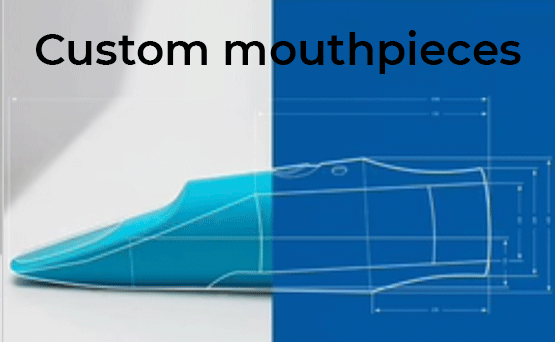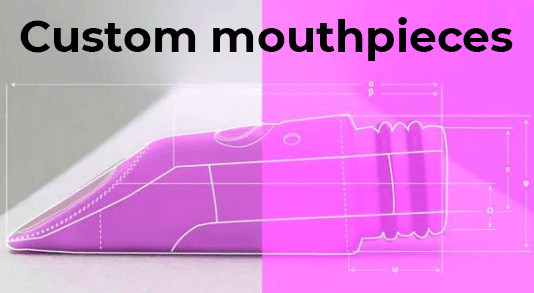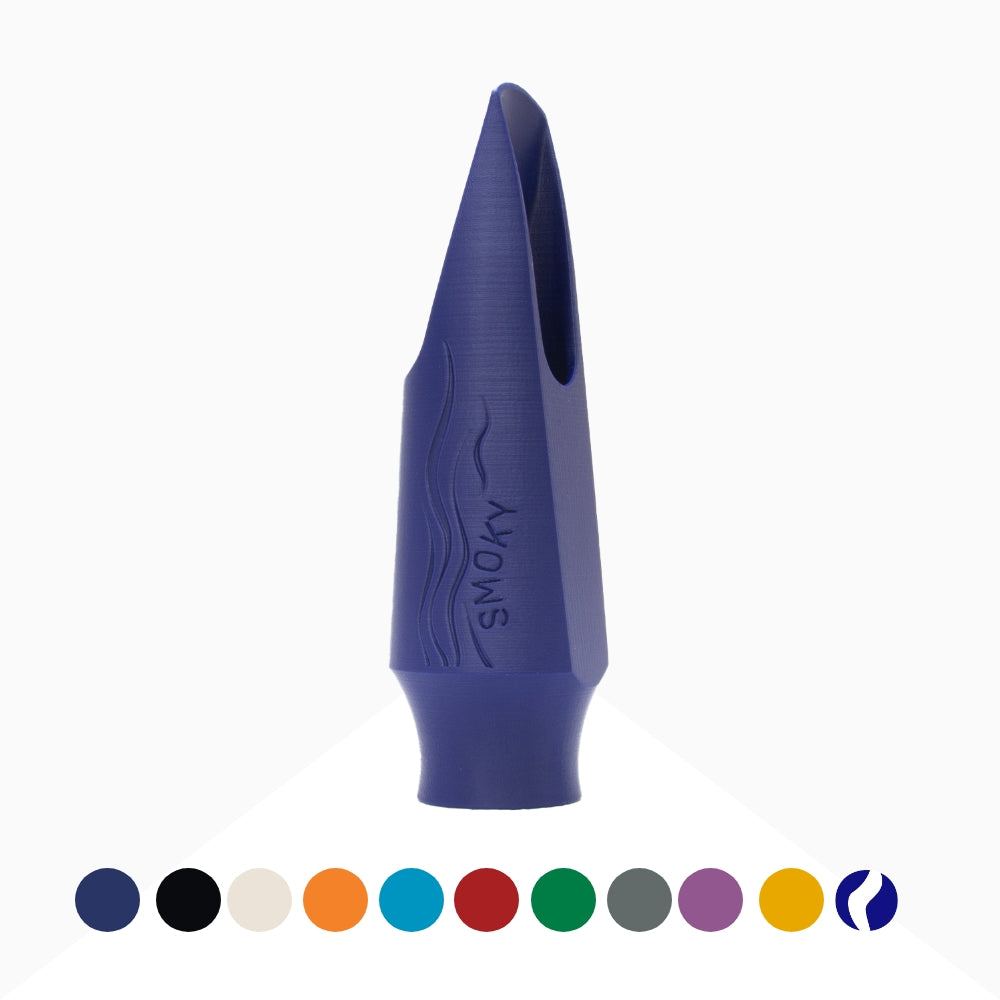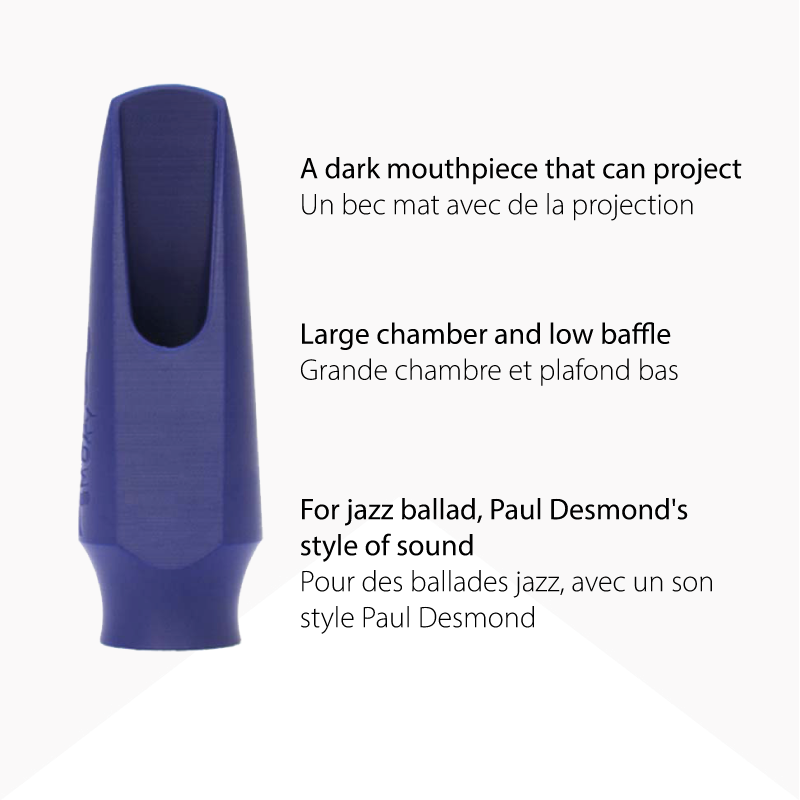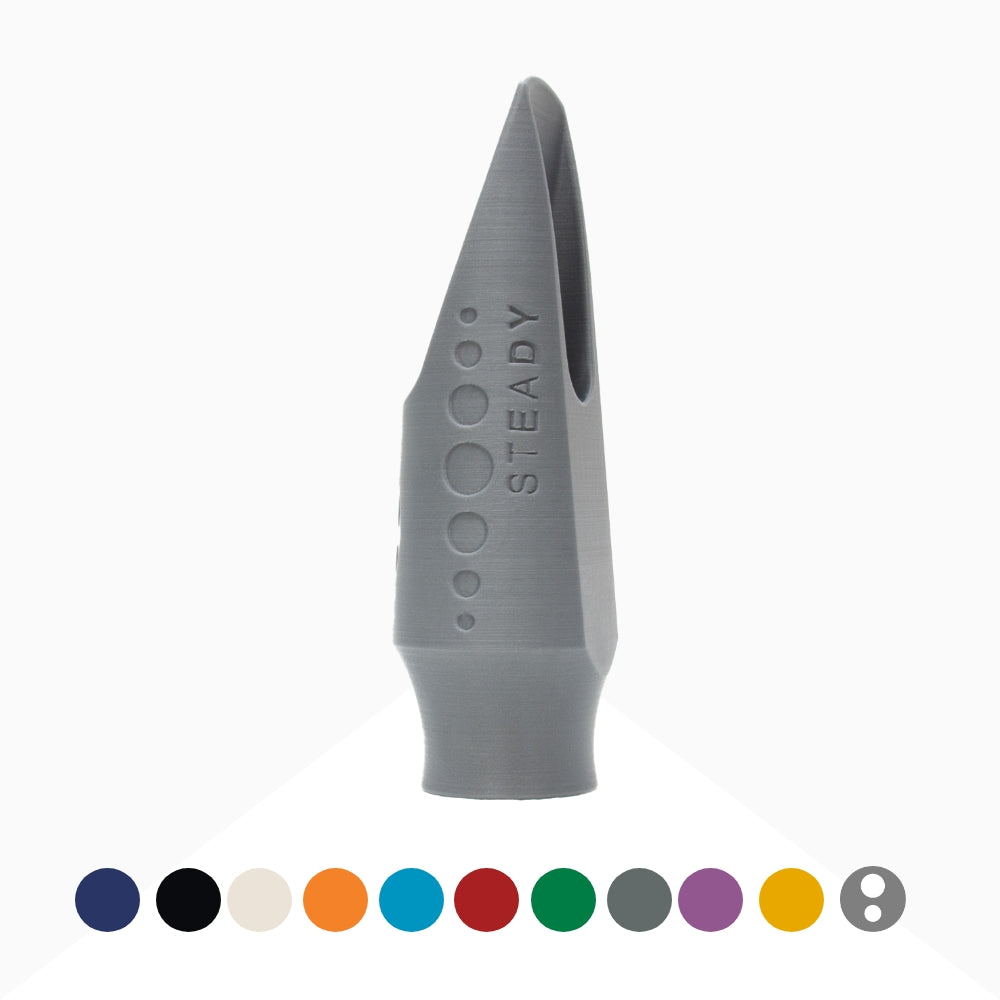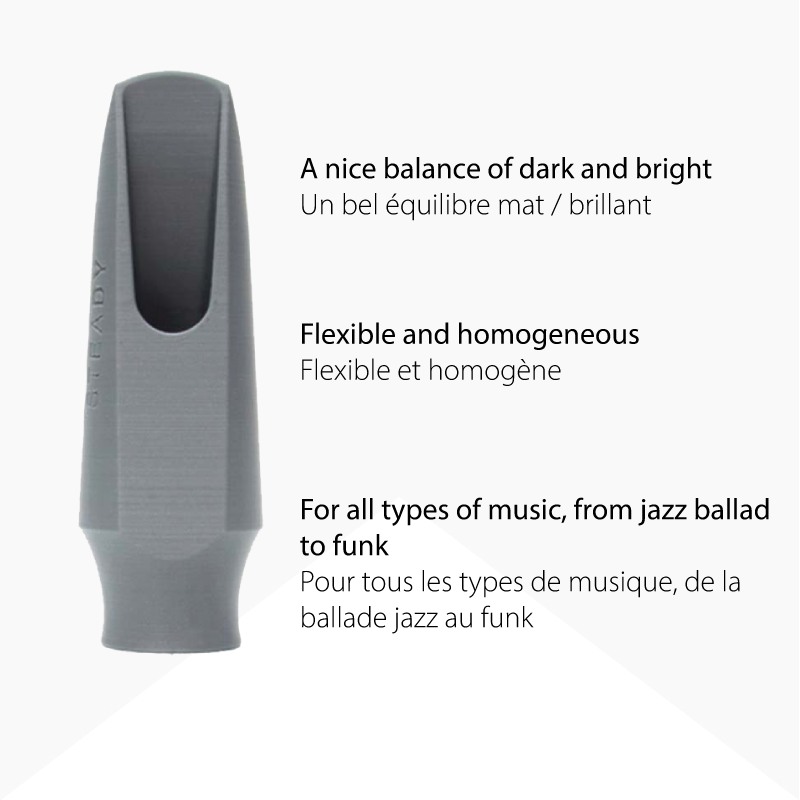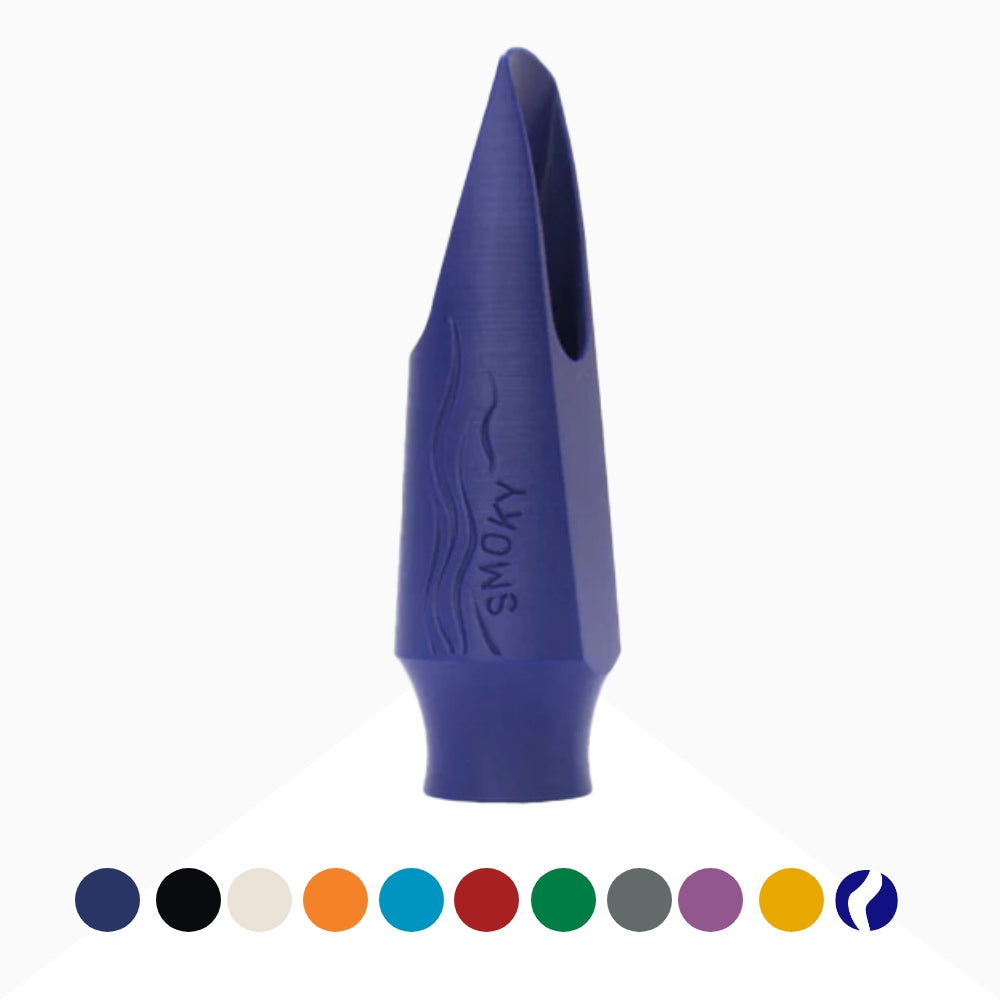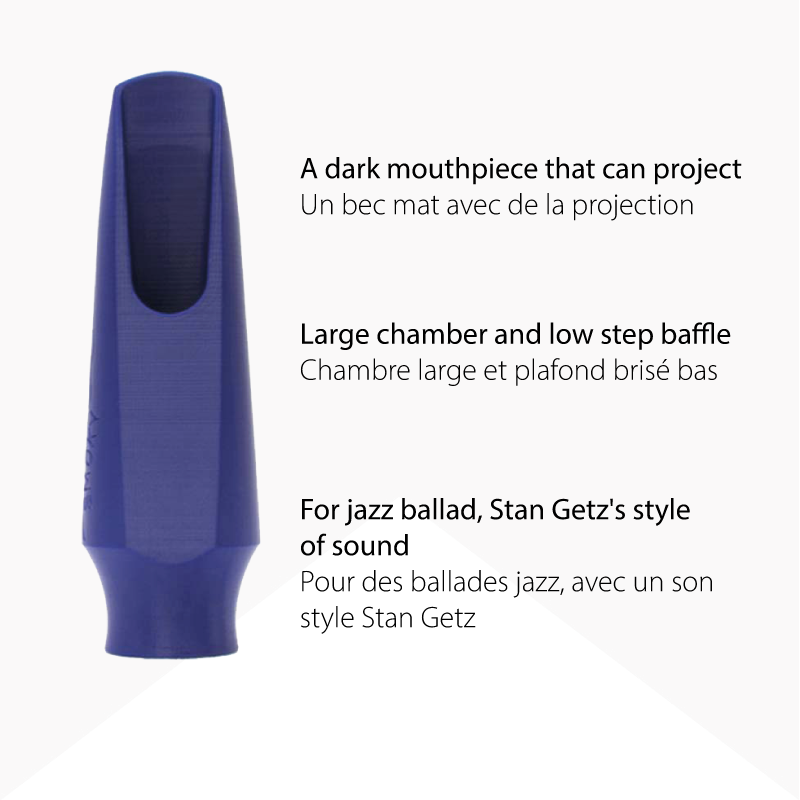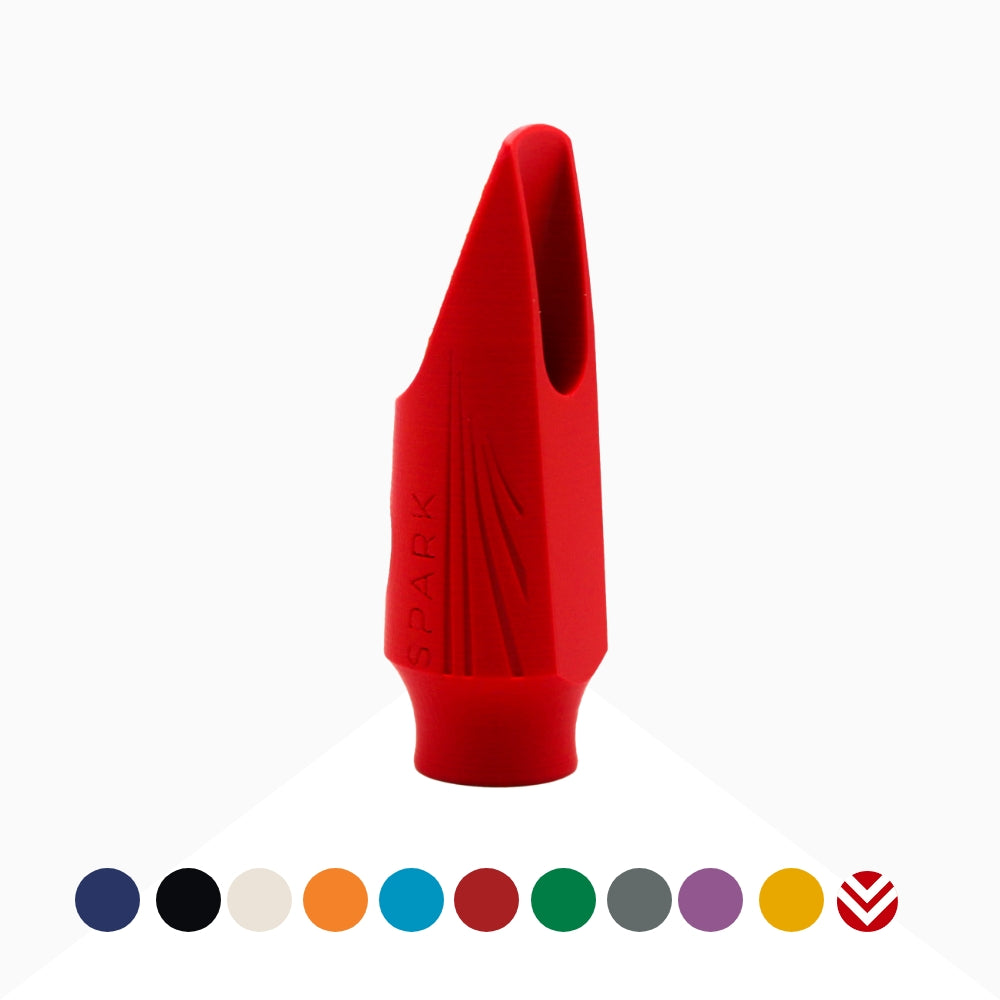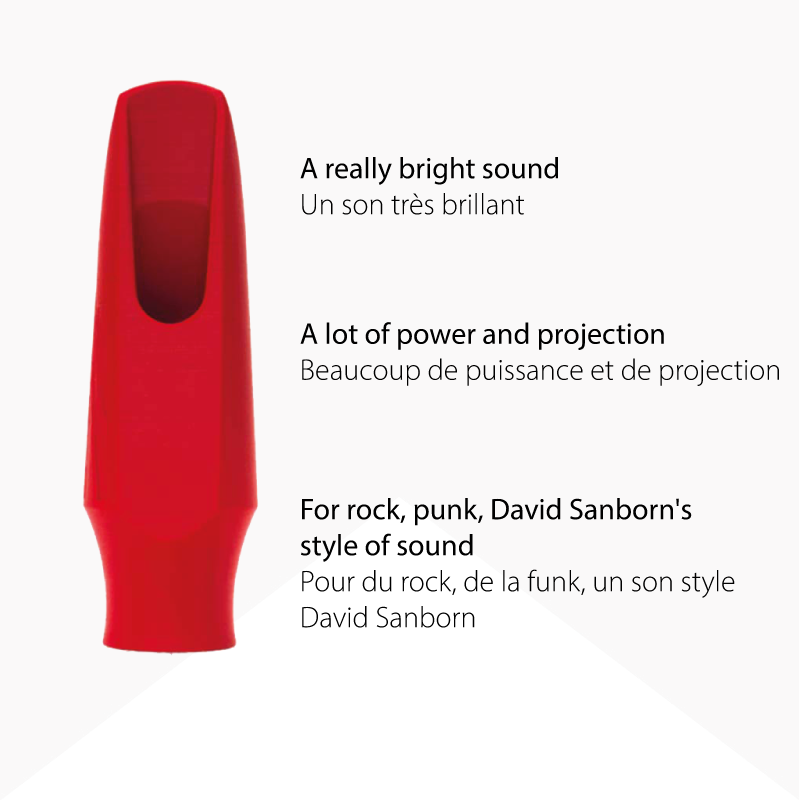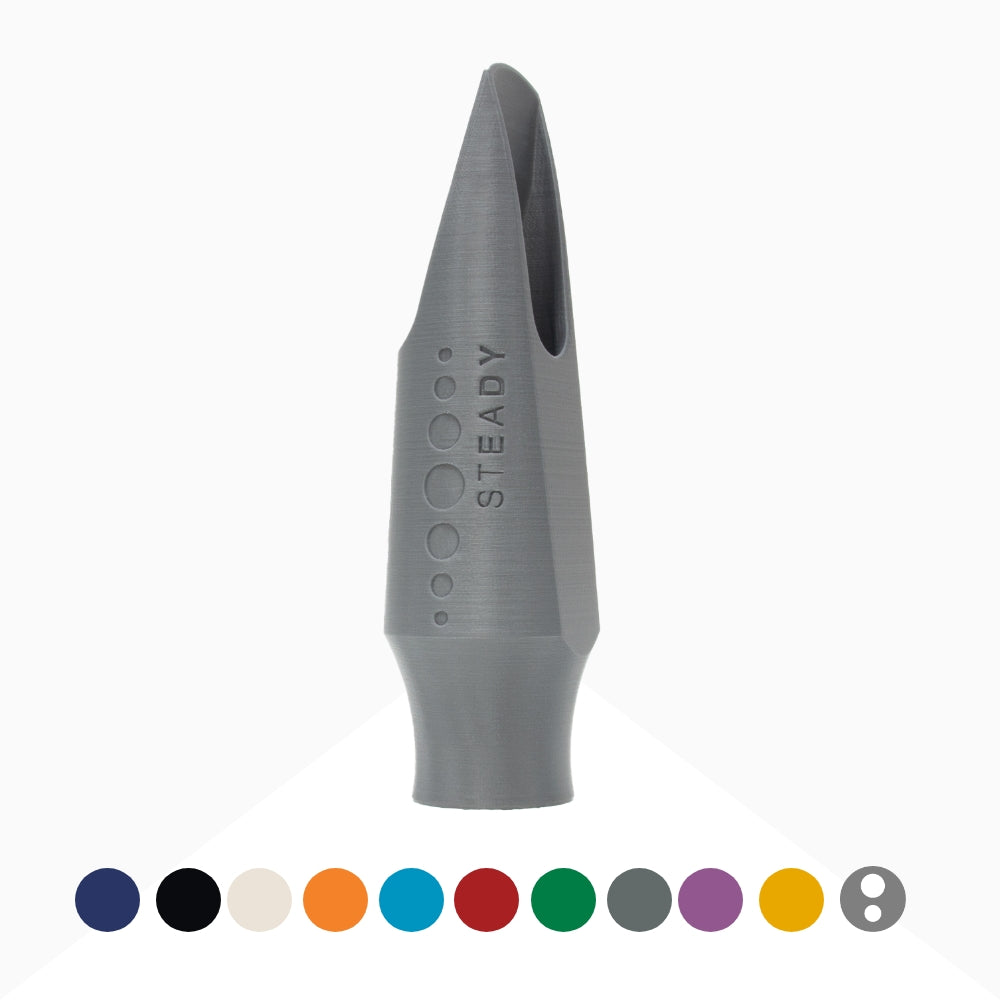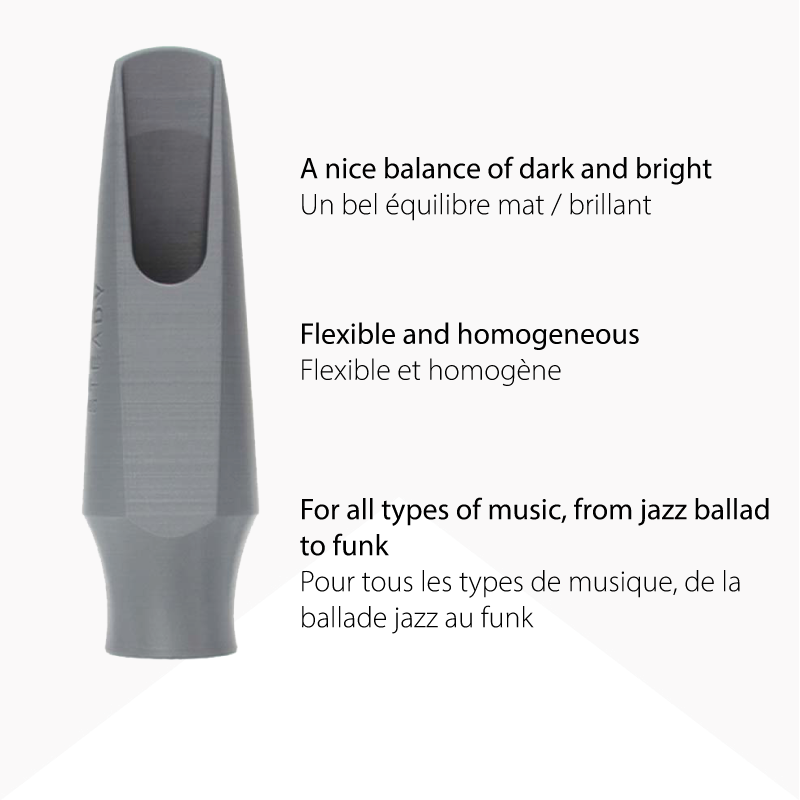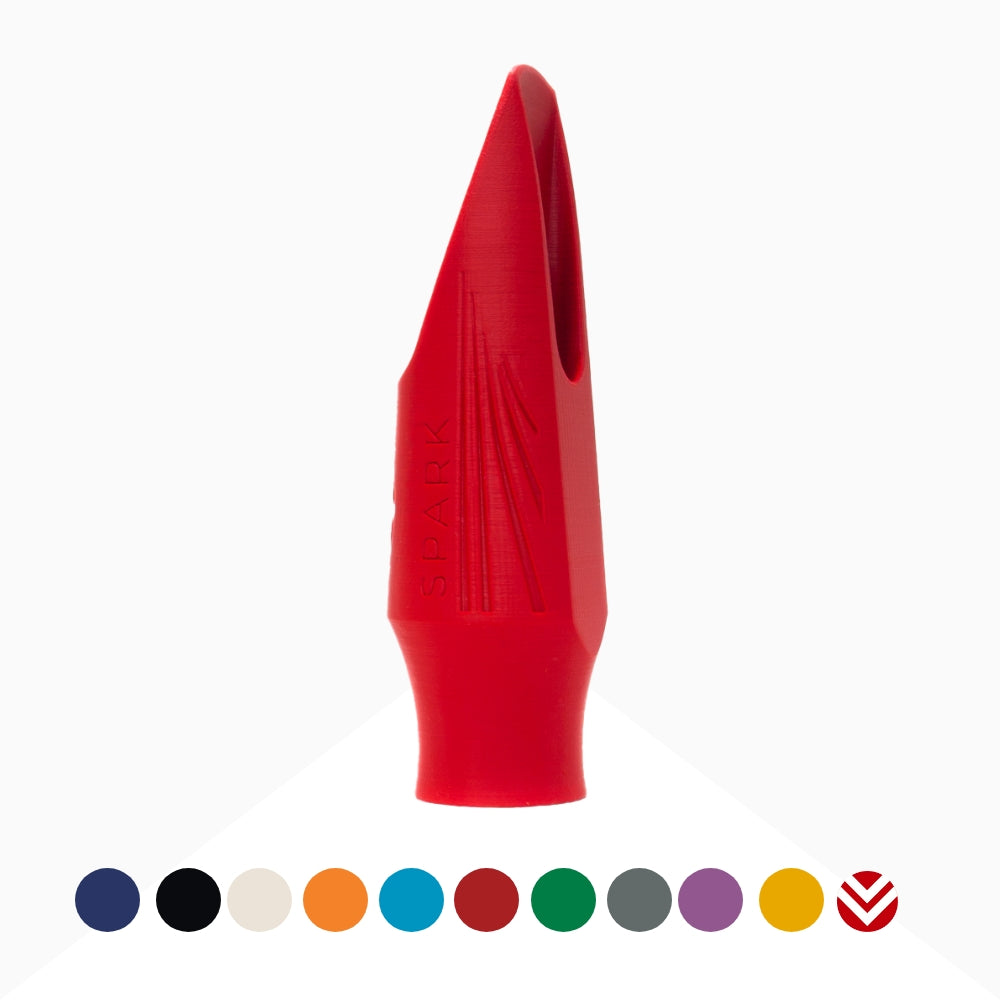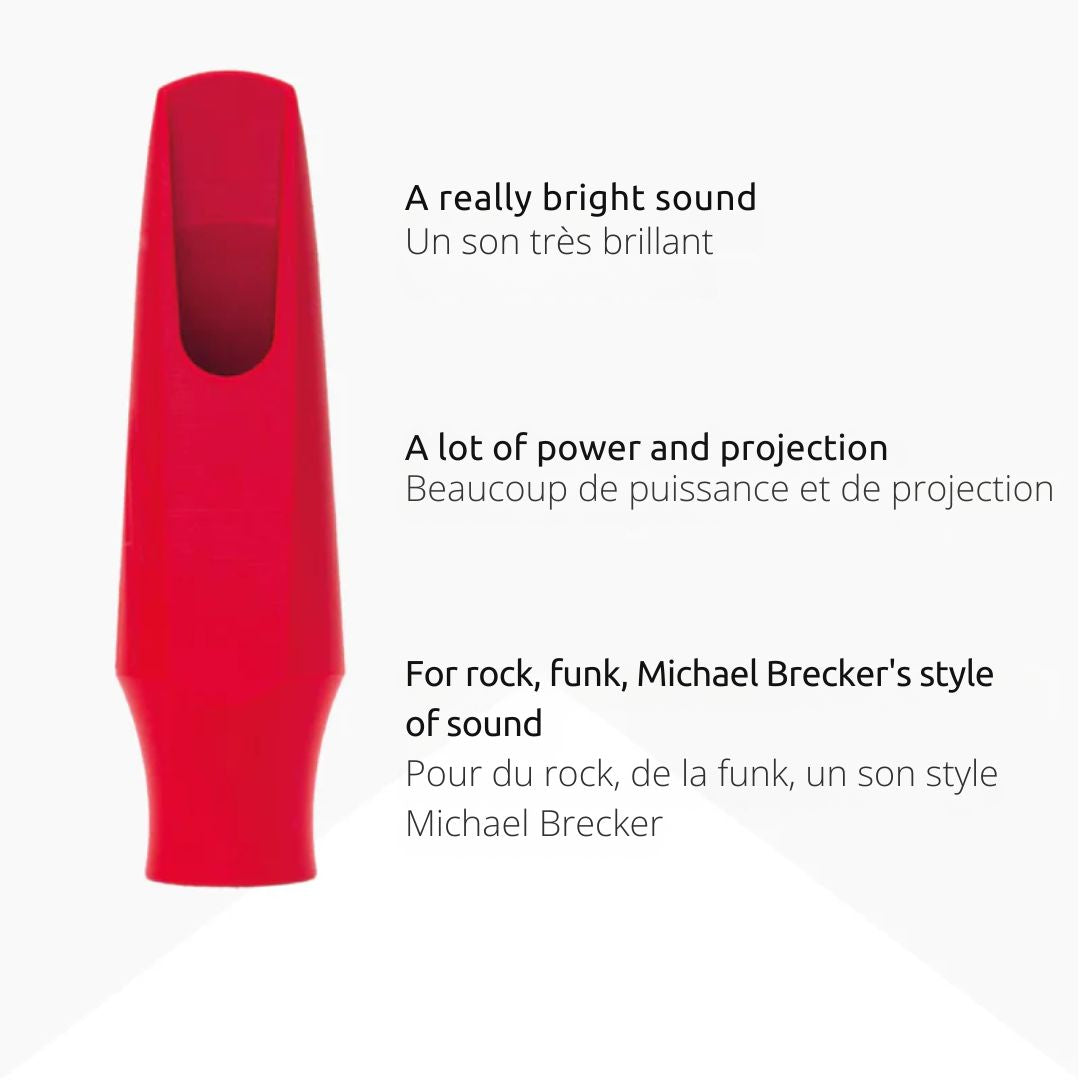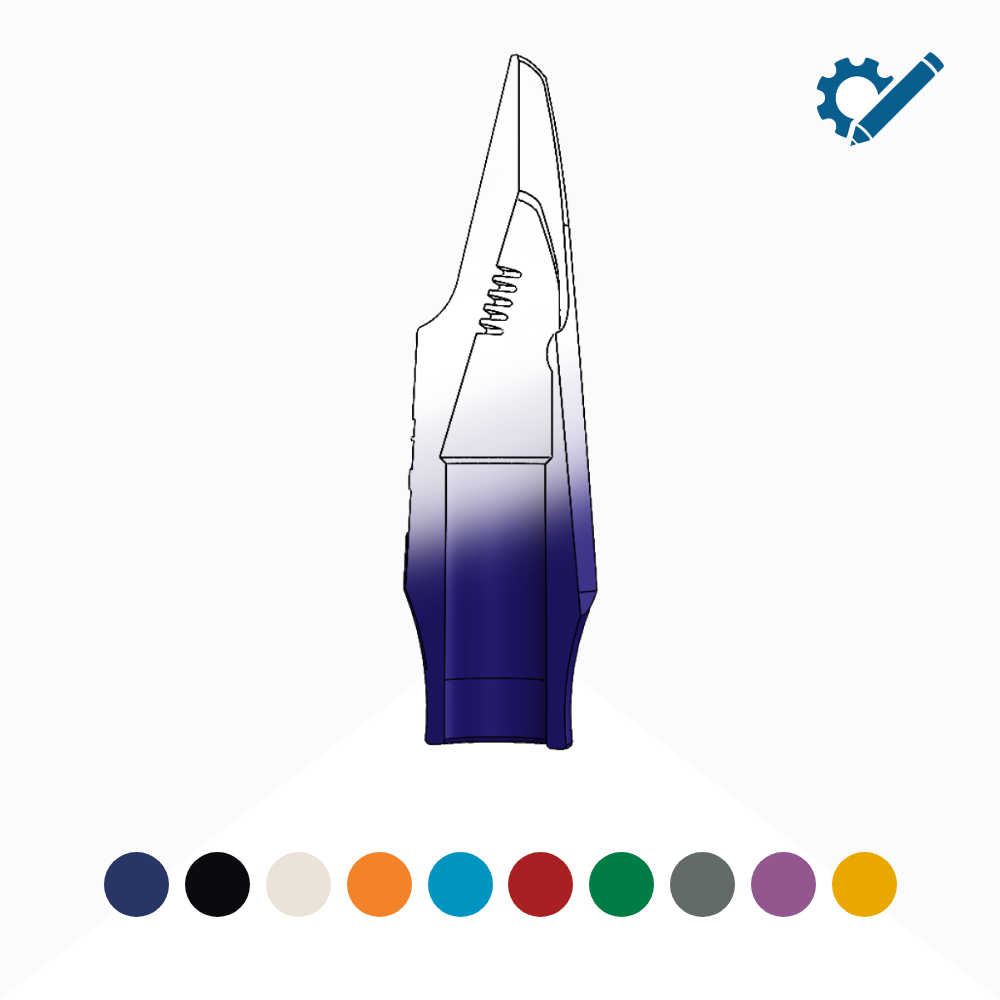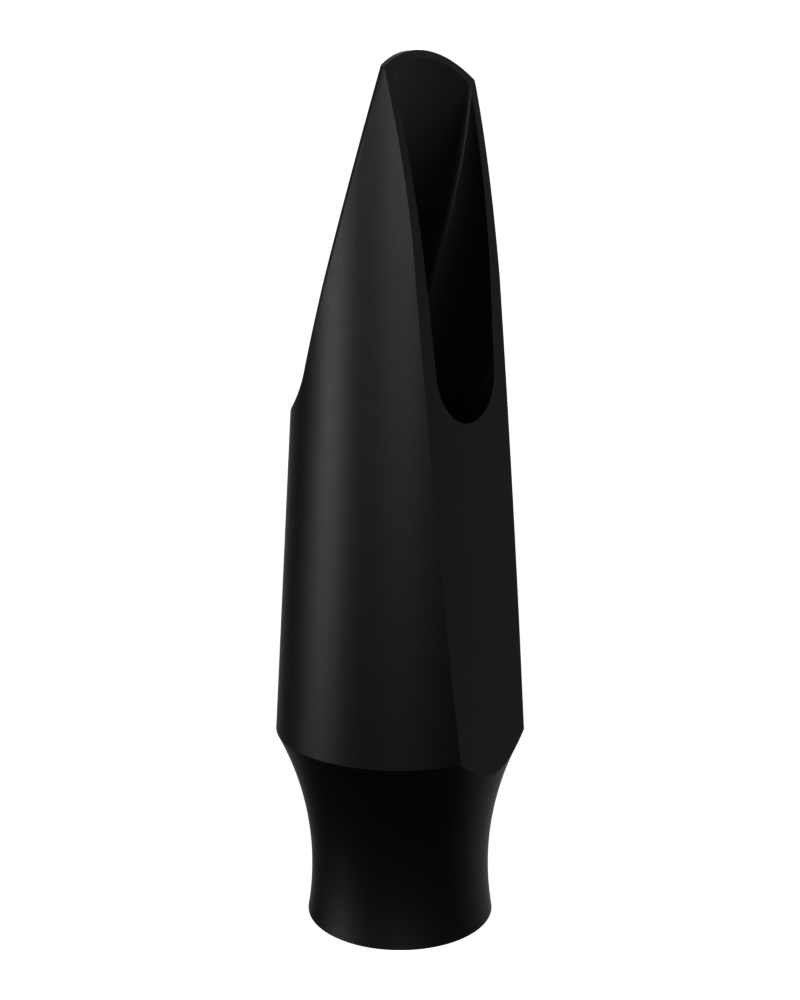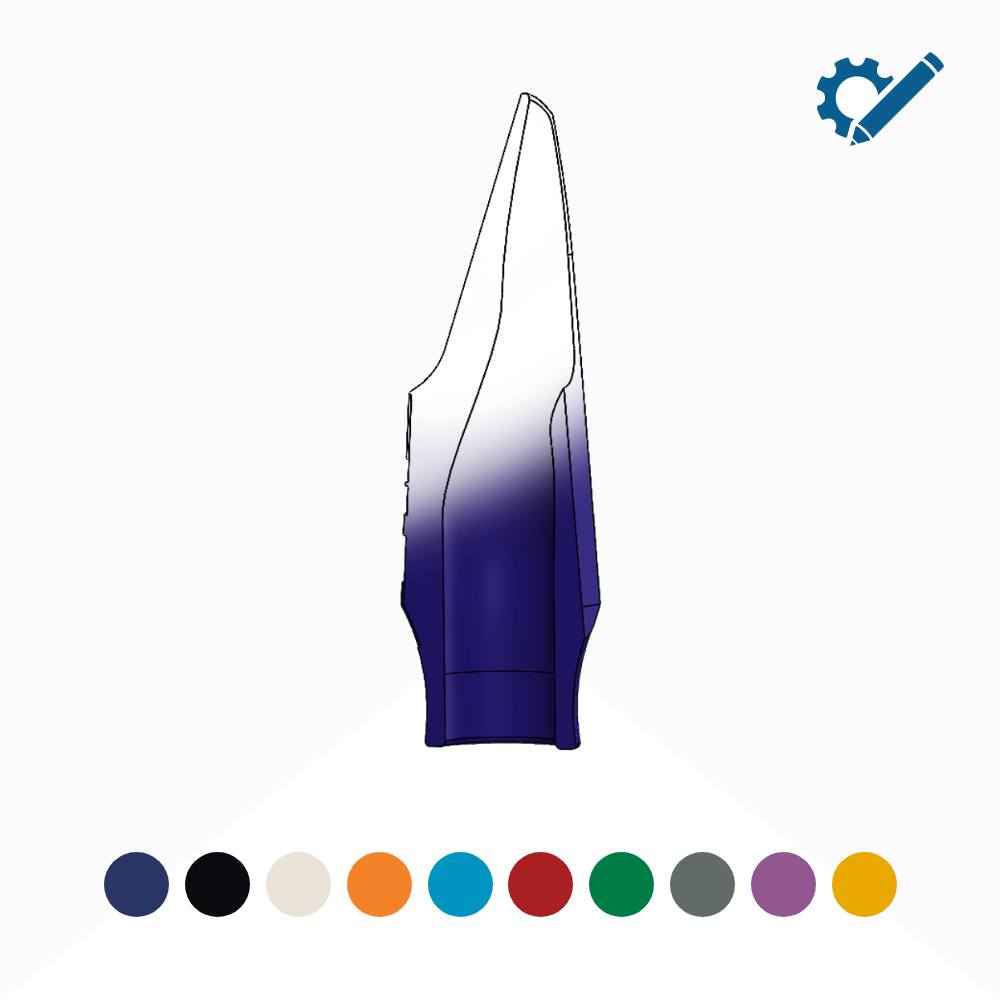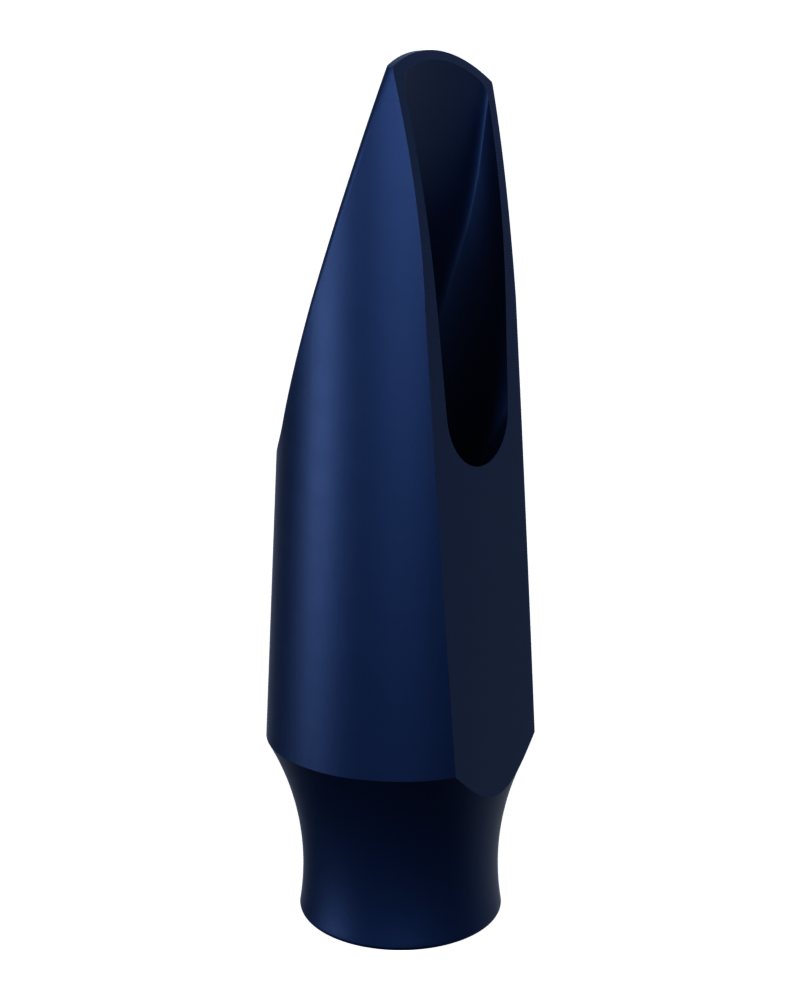Do you really need a metal mouthpiece to sound as bright as Brecker or Sanborn? In this new episode, Maxime, aka Dr Sax, is telling you everything about the influence of the material on the sound of your saxophone.
Here is a transcript of the video:
Do I need a metal mouthpiece to sound as bright as Brecker or Sanborn? Is the hard rubber too warm for what I’m looking for?
I’m Max, a.k.a Dr Sax, PhD in acoustics and founder of Syos, shape your own sound.
Our topic of the day is material and how it impacts the tone. SPOILER Alert : it doesn’t !
Let me explain a bit more. For decades, mouthpiece manufacturers have used different materials to craft mouthpieces. Whether the material has an effect on the sound is quite the controversial question. Musicians and even manufacturers most often believe that the tone comes from what the body of the instrument is made of. They expect a brassy sound with an instrument made of brass, a woody sound with an instrument made of wood and a metallic sound with an instrument made of metal. Perhaps even a gold sound with a golden flute?
In truth, after careful scientific study of the physics of woodwind instruments, when you do the math… the material has no influence, because acoustics here is first a question of bore geometry.
Watch Joe Wolfe, a famous Australian physicist, who switched the mouthpieces of a flute and a clarinet:
Is there anybody here to tell me again that the clarinet sounds “woody” because it’s made of wood? You can get the same tonal identity with a metal flute. Why? Because it has the same geometry: both have a cylindrical bore. The difference is in the upper end of the bore, the mouthpiece.
Still not convinced? Watch how you can make a “brassy” tone with a garden hose:
In fact, there is a consensus among scientists that when it comes to woodwinds, the instrument geometry influences the tone, not the material. A well-known study that has been conducted by Widholm & Linortner showed that in a blind-test condition, proficient flute players weren’t able to identify the golden, silvered or platinum flute among standard metal models.
With solid evidence to back this claim, why do people still think material matters?
REASON 1: In some cases it actually does
Our claim that material doesn’t matter applies to wind instruments only. When you consider string instruments or drums, there’s a strong influence of the material and its vibrating properties on the tone. In the case of woodwinds, it is the air inside that is vibrating, not the walls of the instrument, so it’s different.
Also, with wind instruments, the type of material is irrelevant so long as it is rigid and non-porous. When you consider a very soft material which absorbs the acoustic waves rather than reflecting them, the tone can change. That explains the difference between a metallic pad resonator and just the leather of the pad.
REASON 2: A material change can impact the geometry
Working on a material is a highly technical process, whether you machine it, handcraft it, 3D print it. If you change the material with the same process, you cannot guarantee that the exact shape will be kept. And geometry is a very sensitive matter in woodwind acoustics. Did you know that between a tip opening of 6 and one of 7, the difference is only 0.25 mm? And you feel the difference. A different machining process (or post-process) due to a difference in material could also lead to changing the tone, because it would change the geometry.
REASON 3: Association bias
Although scientists proved otherwise, it is still a widely held belief that material impacts the tone… Imagine yourself as a mouthpiece manufacturer wanting to specialize in bright sounding models. You share this belief, so you choose metal as the material, and you also shape the mouthpiece with a very high baffle, and small chamber. But if the end product is indeed very bright and sharp, it is because of the geometry. Since every manufacturer shares a similar thinking process, the result is all the brightest mouthpieces are in metal, and all the darkest are in hard rubber. Which unfortunately perpetuates the belief…
REASON 4: Psychology
I’m sure you’ve heard about the coca/pepsi trick? where you serve people pepsi in a coca brand bottle, they prefer it over coca. When studying people’s perception, you always care about the effect of our psychology. Some studies showed that even the coffee machine sound has an impact on how we taste coffee. One thing that is true, is that having metal in your mouth is a very different sensation than having polymer like hard rubber or the UPSCAL3D we use at Syos. It can give YOU a very different perception of the sound as well, even if the audience won’t tell the difference.
CONCLUSION
There are a lot of material options in the saxophone and clarinet mouthpiece world. Choosing a mouthpiece is a challenging task and the choice of the material often comes first. In this video, I wanted to explain a bit more about the impact of the material on the tone. As a researcher myself (and as a mouthpiece manufacturer), I side with the scientific consensus. There is no direct impact on the tone, in terms of physics that is. When it comes to comfort, aesthetics, durability, weight… There are undeniable differences. At the end of the day, every musician has legitimate reasons to prefer one material over another. But the tone is not one! You can get to any tone you want with a mouthpiece with the proper geometry, whatever the material. That’s what we do here at Syos!
Thank you for watching this video, I hope you learned new things about acoustics and material. Don’t forget to like and subscribe for more content. Let us know in the comments what you want to watch next on our channel. You can find us on instagram, facebook and tik-tok, and be sure to check our website with our new collection of mouthpieces, reeds and saxophone accessories. Your sound can only thank you for that !

